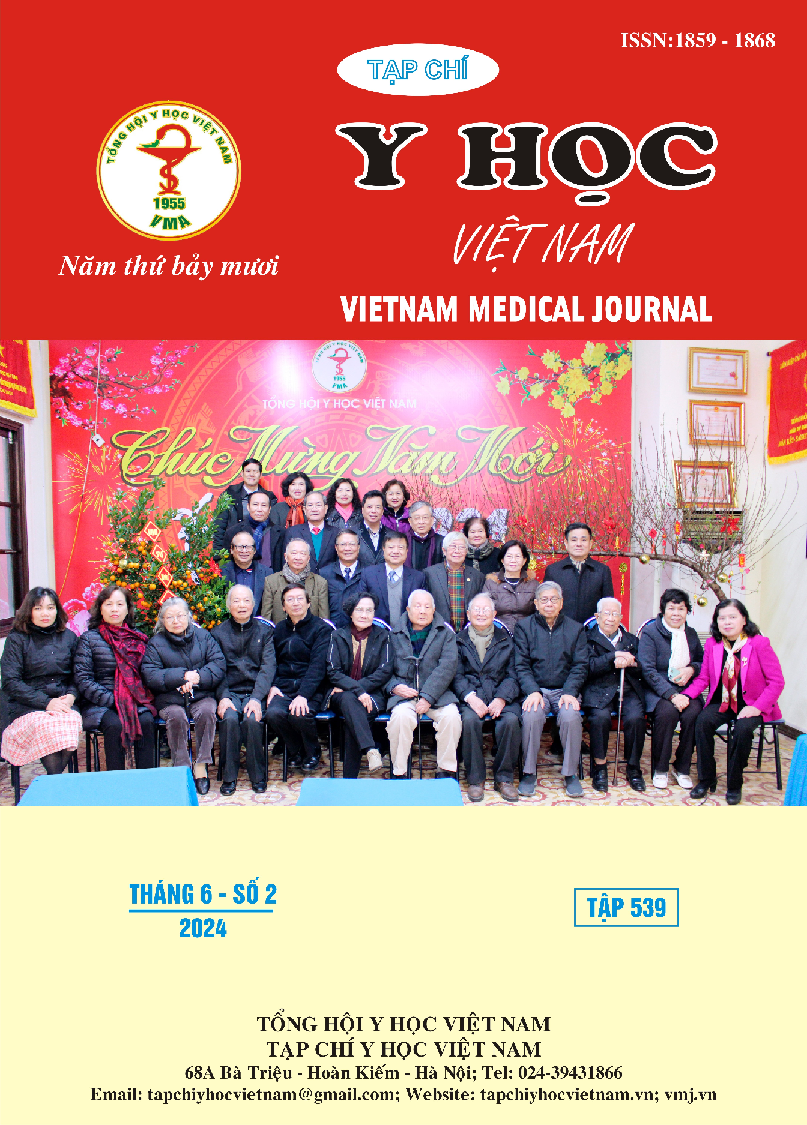APPLICATION OF ARTIFICIAL INTELLIGENCE IN DENTAL CARIES DETECTION USING THE TEACHABLE MACHINE OPEN-SOURCE TOOL
Main Article Content
Abstract
Objective: Description of the results of the open-source Teachable Machine application training machine learning to detect deep tooth decay on intraoral images Methods and Subjects: cross-sectional description, the study was conducted using 988 digital images, consisting of 868 images with dental caries and 120 images of normal teeth. Results: Out of the total 868 images with dental caries, the identification process yielded accurate results for 849 images (97.8%), with 19 images (2.2%) remaining undetected for dental caries. Among the total of 988 images, including both images with and without dental caries, the correct identification rate was 849 images (85.9%), with 139 images (14.1%) not detecting dental caries. Conclusion: The use of the Teachable Machine open-source tool for identifying images with dental caries produced initially reliable results with a high accuracy rate of 97,8% (on a dataset exclusively containing images of dental caries). However, for the mixed dataset (containing both images with and without dental caries), the accuracy rate dropped to 85,9%. This difference is attributed to the early appearance of dental caries, as the color of the caries is somewhat correlated with that of normal tooth enamel. Additional data on this type of injury is necessary to classify and identify it more accurately.
Article Details
Keywords
artificial intelligence; machine learning; dental caries; teachable machine
References
2. Chamunyonga, C., et al., The impact of artificial intelligence and machine learning in radiation therapy: considerations for future curriculum enhancement. Journal of Medical Imaging and Radiation Sciences, 2020. 51(2): p. 214-220.
3. Abdalla-Aslan, R., et al., An artificial intelligence system using machine-learning for automatic detection and classification of dental restorations in panoramic radiography. Oral Surgery, Oral Medicine, Oral Pathology and Oral Radiology, 2020. 130(5): p. 593-602.
4. Srivastava, M.M., et al., Detection of tooth caries in bitewing radiographs using deep learning. arXiv preprint arXiv:1711.07312, 2017.
5. Berdouses, E.D., et al., A computer-aided automated methodology for the detection and classification of occlusal caries from photographic color images. Computers in biology and medicine, 2015. 62: p. 119-135.
6. Ngoc, V.T.N., et al., The combination of adaptive convolutional neural network and bag of visual words in automatic diagnosis of third molar complications on dental x-ray images. Diagnostics, 2020. 10(4): p. 209.
7. Machine, T., Train a computer to recognize your own images, sounds, and poses. 2023.
8. Pan, H., et al., A new image recognition and classification method combining transfer learning algorithm and mobilenet model for welding defects. Ieee Access, 2020. 8: p. 119951-119960.
9. Hyunja Jeong. Feasibility Study of Google’s Teachable Machine in Diagnosis of Tooth-Marked Tongue. J Dent Hyg Sci 2020; 20:206-12. Published online December 31, 2020; https://doi.org/10.17135/jdhs.2020.20.4.206. © 2020 Korean Society of Dental Hygiene Science.
10. Trần Sinh Biên và cộng sự, Ứng dụng teachable machine trong nhận diện khuôn mặt theo thời gian thực, Journal of science & technology, p.51, Vol. 59 - No. 1 (Feb 2023)


